CS 184: COMPUTER GRAPHICS
PREVIOUS
< - - - - > CS
184 HOME < - - - - > CURRENT
< - - - - > NEXT
Lecture #13 -- Mon 3/9/2009.
What computer graphics paradigm would you use to model the following items:

|
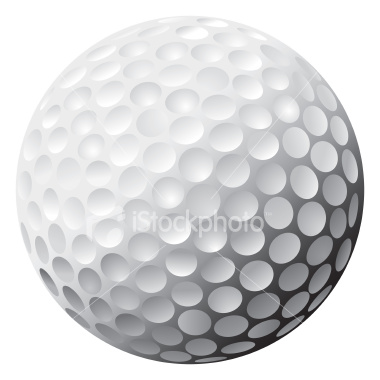
|
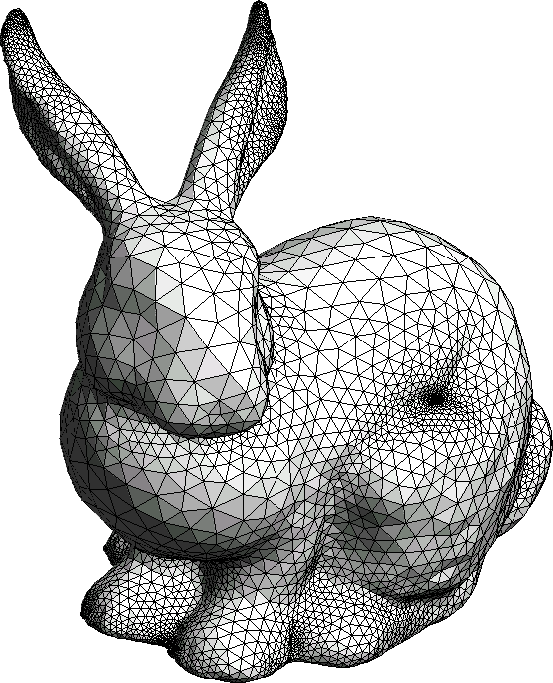
|
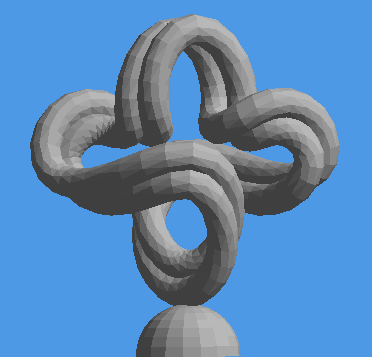
|
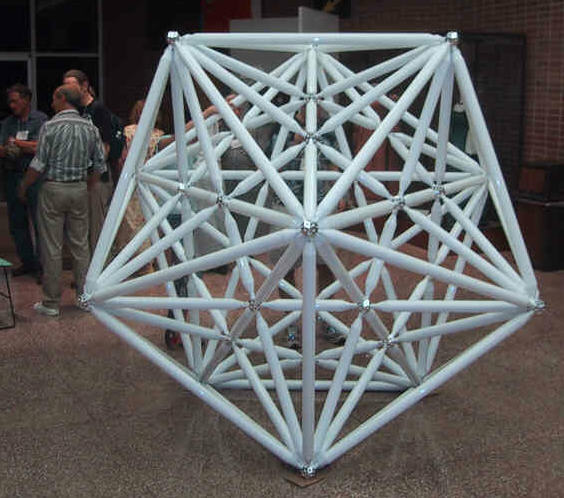
|
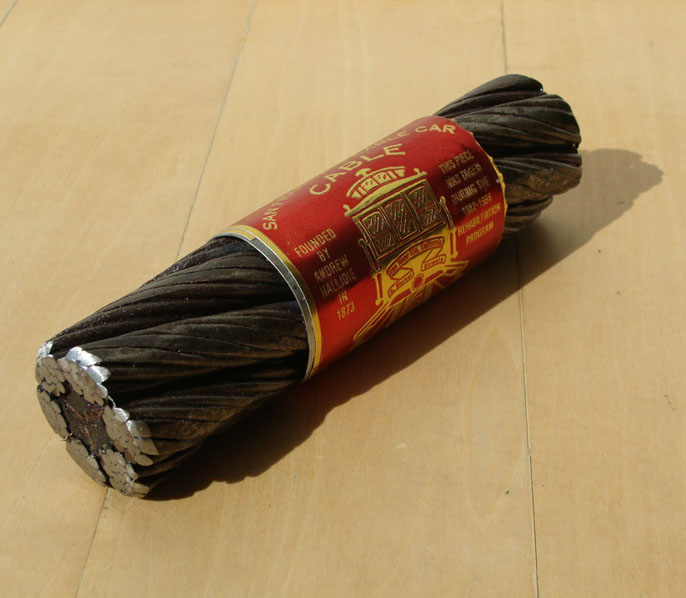
|
| corals |
golfball |
bunny |
sculpture |
construction |
cable |
Some generic modeling paradigms:
Voxels
and Octree:
CSG
and Boolean set operations:
B-rep
and winged-edge data structure:
Procedural modeling: e.g., sweeps:
Prototype instantiation: e.g., procedural assembly of objects
3D B-Rep Modeling Primitives and "Winged-Edge" Data Structure
[13.1-13.2].
Faces - again, described efficiently by an ordered sequence of vertices; -- but "should" be planar.
We need to find their plane equation; needed for calculation
of illumination:
Martin
Newell's plane equation formula:
Plane normal components are in same ratio as shadow of polygon on the
three coord planes.
Each shadow area is computed as 2D projection as sum of trapezoids
(x1-x2)(y1+y2)/2.
Form the sum of all such expressions around the contour; do it for
all 3 projections.
From the Hall of Fame of AS#5
Eric Biggs, "Stonehenge":
http://inst.cs.berkeley.edu/~cs184-ax/as5/as5.html
William Li, "Kirby":
http://inst.cs.berkeley.edu/~cs184-ah/as5.php
Timothy Liu: http://inst.cs.berkeley.edu/~cs184-cg/as5.html (crazy colors)
Tyler Latzke: http://inst.cs.berkeley.edu/~cs184-br/as5.html (nice errors; -- gave up after 56 hours working on it)
Introduction to Splines
What are "splines" ? -- Wood strips used in ship building that yield nice
smooth curves,
because nature is trying to minimize overall bending energy (= arc-length
integral of curvature squared).
Depending on what fixtures are being used one can apply different constraints
to those strips:
-- Position Constraints are implemented with pegs, and
-- Tangent Constriants can be realized with clamps.
Most "mathematical splines" used in CG are linearized approximations to the above difficult
optimization problem.
When making smooth shapes by piecing together smooth curves, consider
the
degrees
of smoothness at the joints:
-- Parametric Continuity: differentiability of the parametric
representation (C0, C1, C2, ...)
-- Geometric Continuity: smoothness of the resulting displayed
shape (G0=C0, G1=tangent-cont., G2=curvature-cont. )
Distinguish
between:
-- Interpolating splines (pass through all the data points;
example Hermite splines), and
-- Approximating splines (only come close to data points; example
B-Splines).
Cubic Bezier Curves
These very handy curves are a mixture of the above two "pure" schemes.
Cubic Bezier Curve is defined by:
-- 2 interpolated endpoints, and
-- 2 approximated intermediary control points that define the tangent
directions at the endpoints.
Cubic polynomials: ==> allow to make inflection points and true space
curves in 3D.
Basic
underlying math;
(Cubic) Polynomial: infinitely differentiable --> Continuity = C-infinity
Cubic Hermite Spline: 2 endpoints, 2 tangent directions.
Cubic Bezier Curve: 2 endpoints, 2 approximated intermediary control
points.
-- (P1,P2) = 1/3 of starting velocity vector
-- (P3,P4) = 1/3 of ending velocity vector
Influence of parameters (qualitative view).
Properties of Bezier Curves
Cubic polynomial, ==> true space curves;
Interpolates endpoints;
Approximation of other two control points;
End tangents defined by pairs of control points;
Convex hull property;
Invariant under affine transformations;
Start-to-end symmetry;
Infinitely differentiable;
May have loops, cusps.
Reading Assignments:
Skim:
Shirley, 2nd Ed: Ch 15
Study: ( i.e., try to understand fully, so that you can answer
questions
on an exam):
Shirley, 2nd Ed: Ch 15.6-15.7
Take-Home-Exam: from Monday 3/9 till Wednesday 3/11 start of class.
Programming Assignment 6: due (electronically submitted) before Tuesday 3/17, 11pm <== THIS ASSIGNMENT CAN BE DONE IN PAIRS !
PREVIOUS
< - - - - > CS
184 HOME < - - - - > CURRENT
< - - - - > NEXT









